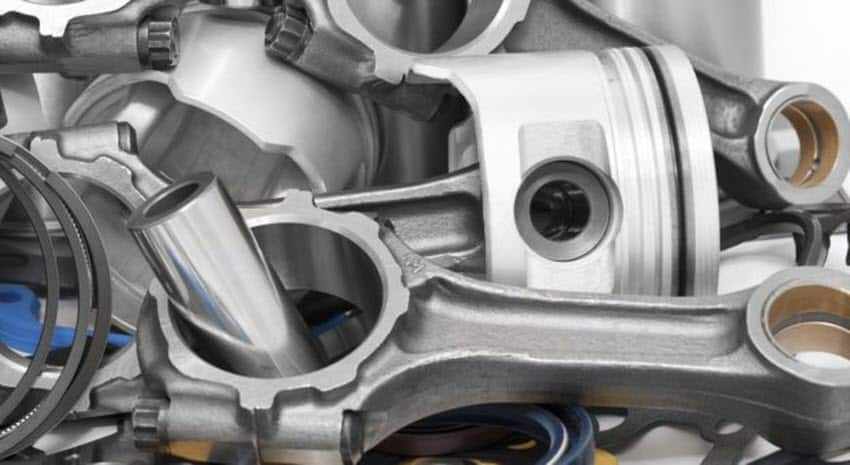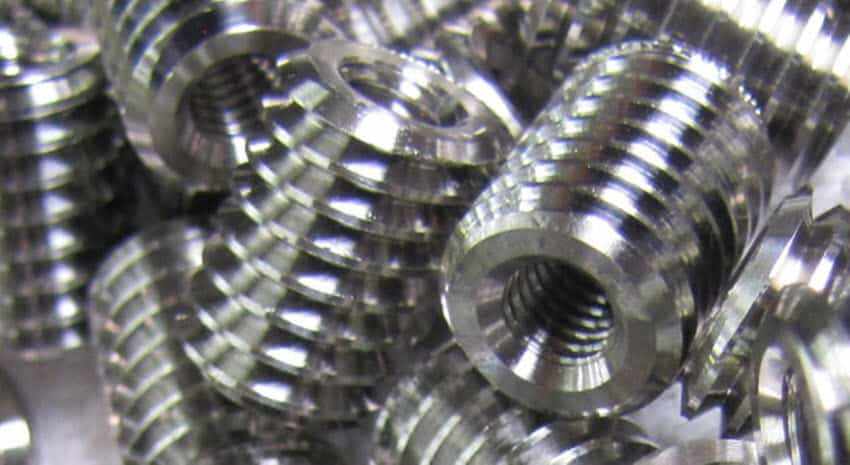
In an era where sustainability and environmental responsibility are no longer optional, industries are seeking cleaning solutions that minimize chemical usage without compromising on performance. Ultrasonic cleaning equipment offers a powerful answer—using cavitation (high-frequency sound waves) to clean surfaces physically, thereby reducing reliance on harsh chemical agents.
How Ultrasonic Cleaning Works
Ultrasonic cleaning uses a transducer to generate high-frequency sound waves in a liquid bath. These waves create microscopic bubbles (cavitation) that violently collapse, producing micro-jets and shockwaves. The energy from this implosion dislodges contaminants even from hard-to-reach crevices.
Because the cleaning action is mechanical rather than purely chemical, much lower concentrations of detergents or even pure water can achieve effective cleaning. Chemical Use Reduction & Environmental Benefits
Minimal Use of Harsh Solvents
a. Conventional industrial cleaning often relies on harsh organic solvents or aggressive cleaning chemicals. Ultrasonic cleaning can perform excellently with biodegradable, water-based detergents, or even without added chemicals in some cases.
b. This significantly reduces the release of volatile organic compounds (VOCs) and lowers the risk of chemical exposure for workers.
Lower Concentration of Cleaning Agents
a. Studies show that ultrasonic cleaning remains highly efficient even with low detergent concentrations, thanks to the synergistic effect of cavitation.
b. Using milder detergents or lower detergent load reduces both chemical consumption and the environmental burden of disposal.
Reduced Wastewater & Reuse of Cleaning Fluids
a. Ultrasonic systems often integrate filtration and recirculation, allowing the cleaning solution to be reused across multiple cycles.
b. This lowers both the volume of wastewater and the frequency of chemical replacement, making the process more sustainable.
Lower Energy Consumption
a. Unlike traditional solvent-based cleaning which may require high temperatures, ultrasonic cleaning can operate effectively at moderate temperatures (e.g., 40–60 °C).
b. Shorter cleaning cycles and reduced heating needs contribute to lower energy usage and a smaller carbon footprint.
Enhanced Worker Safety
a. Reducing chemical use lowers exposure to toxic substances, minimizing risks such as skin irritation, respiratory hazards, and flammability concerns.
b. A safer workplace contributes to better regulatory compliance and reduces costs associated with handling hazardous materials.
Performance & Efficiency Gains
a. Cavitation-driven cleaning is highly efficient and consistent; ultrasonic waves penetrate deep into parts and ensure uniform cleaning without the need for aggressive chemicals.
b. The non-abrasive nature of ultrasonic cleaning also helps preserve delicate or precision parts, which further reduces the need to replace components prematurely due to chemical damage.
Real-World Impact of Sustainable Ultrasonic Cleaning
By switching to ultrasonic cleaning equipment, companies can:
Cut down on chemical procurement and disposal costs
Reduce environmental impact from cleaning operations
Improve employee safety and reduce regulatory burden
Achieve high cleaning performance with low resource consumption
Conclusion
SonicPro’s ultrasonic cleaning equipment embodies these sustainable advantages. By harnessing high-frequency cavitation in its industrial-grade systems, SonicPro helps businesses drastically reduce their chemical footprint—boosting both performance and ecological responsibility. On the SonicPro website, you can explore a range of service options including custom ultrasonic systems, bath filtration and recirculation setups, and consulting support to optimize cleaning cycles for minimal detergent use.




Write a comment ...